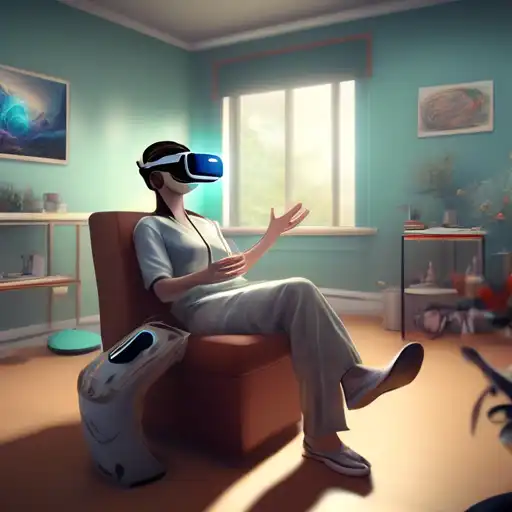The Transformative Power of Virtual Reality in Therapeutic Practices
Virtual Reality (VR) technology has transcended its initial entertainment-centric applications to become a groundbreaking tool in the field of therapy. By creating immersive, controlled environments, VR is revolutionizing the way therapists treat a variety of psychological and physical conditions. This article explores the innovative ways VR is being utilized in therapeutic settings, offering new hope and possibilities for patients worldwide.
VR in Exposure Therapy
One of the most significant applications of VR in therapy is in the treatment of phobias and post-traumatic stress disorder (PTSD) through exposure therapy. VR allows patients to confront their fears in a safe, controlled environment, gradually reducing their anxiety over time. For example, individuals with a fear of heights can experience virtual high places without the real-world risk, enabling them to work through their phobia at their own pace.
Pain Management Through Distraction
VR has also shown remarkable efficacy in pain management. By immersing patients in engaging virtual environments, their focus shifts away from pain, reducing their perception of it. This technique has been particularly beneficial for burn victims during wound care and for individuals undergoing painful medical procedures.
Enhancing Physical Rehabilitation
In physical rehabilitation, VR games and simulations motivate patients to engage in their recovery exercises by making the process more enjoyable. This approach has been effective in improving motor skills and coordination in patients recovering from strokes or injuries. The interactive nature of VR encourages repeated practice, which is crucial for rehabilitation.
Supporting Mental Health
VR therapy is also making strides in mental health treatment, offering new avenues for managing conditions such as anxiety, depression, and autism. Virtual environments can simulate social scenarios for individuals with autism to practice interactions, or provide serene landscapes for those with anxiety to explore relaxation techniques.
The potential of VR in therapy is vast and still largely untapped. As technology advances, we can expect to see even more innovative applications that will continue to transform therapeutic practices. For those interested in the intersection of technology and healthcare, the future of VR in therapy is a fascinating area to watch.
For more insights into how technology is shaping healthcare, explore our articles on the latest healthcare technologies and innovations in mental health treatment.
